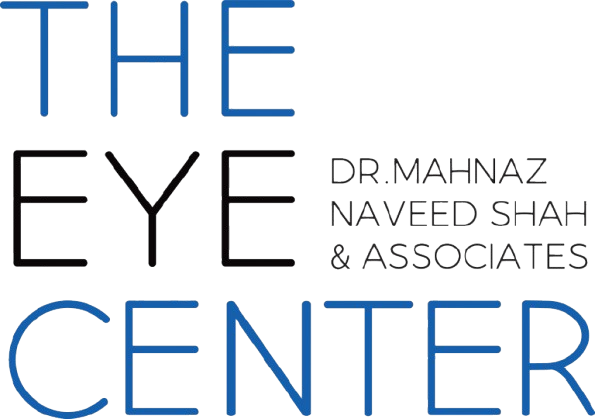Having a white, blue, or gray crescent-shaped (arc) of lipid (fatty) deposits that wraps around the outer corners of the cornea of the eye condition known as corneal arcus. The curve may round the cornea completely, creating a ring.
During your eye checkup, an ophthalmologist can spot a corneal arcus.
Your iris and pupil are covered by a clear, curved “window” called the cornea. It helps with vision and eye protection. The colored portion of your eye is called the iris. The sclera is the area of the eye that is white. The sclera might occasionally appear to have a blue hue in babies.
If you are 50 to 60 years old or older, you MAY have corneal arcus, also known as arcus senilis (“senilis” means senile, which refers to old age). Almost all people who are 80 or older will have arcus senilis. It takes place as a natural byproduct of aging.
If you are under 40 years old, your corneal arcus is known as an arcus juvenilis (the term “juvenilis” refers to youth). The presence of arcus juvenilis may be a sign of other health issues.
The white-gray opaque rings are caused by lipids that collect around the cornea. Fatty materials make up lipids. Among lipids, cholesterol is one type. Previously, medical professionals believed that the rings were a sign of elevated blood cholesterol levels. Cholesterol constitutes the majority of the corneal arcus rings.
If you are 50, 60, or older, your blood cholesterol levels may not be elevated. In this instance, the arcus senilis in both eyes might be brought on by age. You have bilateral arcus senilis if it affects both of your eyes.
Your doctor might be concerned that you have an underlying disease if you have the fuzzy rings and are 40 years old or younger or if the ring only manifests in one eye.
These may include issues like elevated triglyceride and cholesterol levels. Some medical professionals have discovered a link between alcohol use disorder and corneal arcus.
The condition affects those assigned male at birth (AMAB) more frequently than it affects people assigned female at birth (AFAB). Compared to those of white race, the rates are higher among African Americans and people of Southeast Asian heritage. But anyone can acquire arcus senilis. In reality, if they live long enough, the majority of people do.
Arcus senilis does not require treatment merely because it is present. It has no negative effects and has no impact on your vision. If it has to do with becoming older, it is not a concern. However, if you are younger than 40 or older than 50, or if the ring is only present in one eye, your doctor will conduct additional research (unilateral arcus senilis).This can indicate a problem with the caritid artery.
Your healthcare professional will work with you to identify and treat the illness that is causing the corneal arcus in these situations.
When arcus senilis develops as a result of aging, you cannot prevent it from happening. However, you can take measures to maintain healthy cholesterol levels over time. You can take the following actions. Do not smoke. Make plans to quit if you do smoke. Find ways to add physical activity in your days. Try to reach and maintain a healthy weight and Follow a heart-healthy food plan, such as the Mediterranean diet.
At The Eye Center- Dr. Mahnaz Naveed Shah & Associates our team of eight ophthalmology subspecialists/ eye specialists, eye surgeons who are considered amongst the very best eye specialists in Karachi and in Pakistan, have the diagnostic and treatment capabilities to treat from the simplest to the most complex patients. We work hard to provide our patients with the best possible medical and surgical eye care, in a state of the art purpose built eye care facility. We offer the entire array of medical, laser and surgical treatments to help provide patients the best possible care in the most efficient, safe and ethical manner.
If you need an appointment, please contact us at 03041119544 during our working hours or leave us a WhatsApp message at +923028291799 and someone will connect with you. Walk-in appointments are also available for emergencies. We can also be reached through our web portal on www.surgicaleyecenter.org

